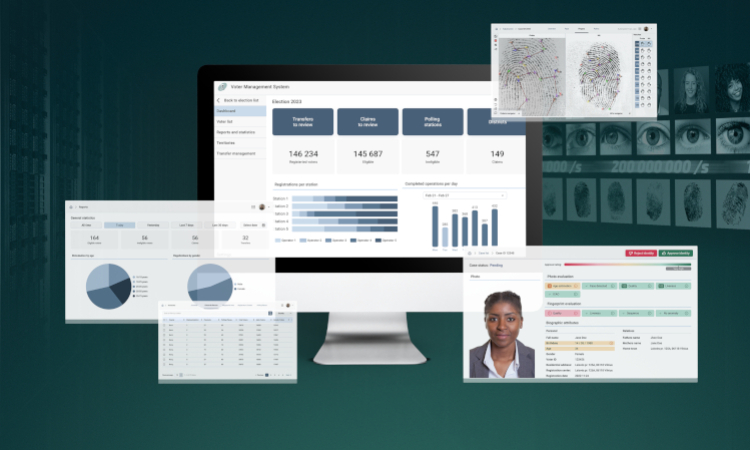An IDMS system offers a comprehensive approach to verifying and managing the identities of individuals, streamlining processes, and bolstering security across various domains.
The Role of Identity Management Systems
An identity management system is a framework that enables organizations to efficiently manage and control user identities and their access to resources within an infrastructure. It serves as the cornerstone of cybersecurity by facilitating the authentication and authorization of users. Whether in government institutions, corporate environments, or even personal devices, IDMS systems play a pivotal role in ensuring that only authorized personnel can access sensitive data or perform critical actions.
Benefits Beyond Security
The benefits of an IDMS system are manifold. By centralizing identity management, organizations can simplify administrative tasks, reduce the risk of unauthorized access, and enhance overall operational efficiency. A well-implemented IDMS system can streamline user onboarding and offboarding, eliminating manual errors and reducing the time and effort required to manage user accounts.
Harnessing Biometric Innovation
One noteworthy player in the field of identity management systems is the MegaMatcher IDMS System offered by Neurotechnology. This cutting-edge solution leverages biometric technology to provide unparalleled accuracy in identity verification. Biometrics, such as fingerprints, iris scans, and facial recognition, offer a higher level of security compared to traditional authentication methods like passwords. The MegaMatcher IDMS System harnesses the power of biometrics to ensure foolproof identity verification, making it a robust choice for organizations that prioritize both security and user experience.
The role of an identity management system in today's digital world cannot be overstated. With the ever-growing threats to data security and the need for efficient user management, IDMS systems provide a comprehensive solution. The MegaMatcher IDMS System, fueled by advanced biometric technology, stands as a testament to the innovation in this domain. As technology continues to advance, these systems will remain at the forefront of safeguarding digital identities and protecting sensitive information.
Functions of IDMS:
Identity Verification: IDMS is utilized to check if a given user is indeed who they claim to be. This can encompass various verification methods, such as passwords, security questions, or biometrics.
Authorization: After successful identity verification, IDMS determines what resources or information the user has access to.
Centralized Identity Management: It allows for gathering user information in one place, facilitating administrators in managing accounts and access.
Onboarding and Offboarding of Users: It streamlines the addition of new users to the system and the removal of those who no longer should have access.
Integration with Biometric Technology: As with the MegaMatcher IDMS system, some IDMS can integrate with biometric technologies, like iris scans, fingerprints, or facial recognition, ensuring a higher level of security.
Use Cases of IDMS:
Corporate Environments: Companies might use IDMS to manage access to internal resources such as networks, databases, or applications.
Government Institutions: Governments can use IDMS to verify the identities of employees, citizens, or suppliers and to control access to sensitive information.
Personal Devices: Individual users can employ IDMS on their devices to ensure that only they, or those they authorize, can access certain information or functionalities.
This sums up the roles, functionalities, and applications of an Identity Management System based on the provided article.












